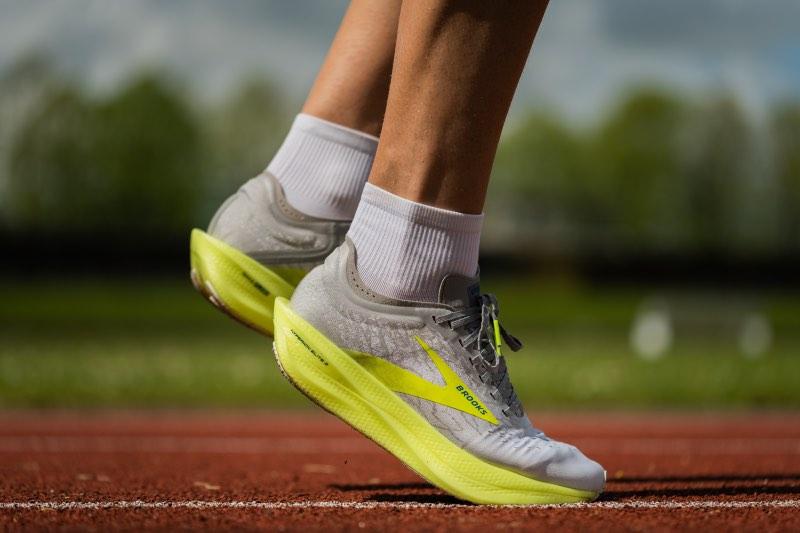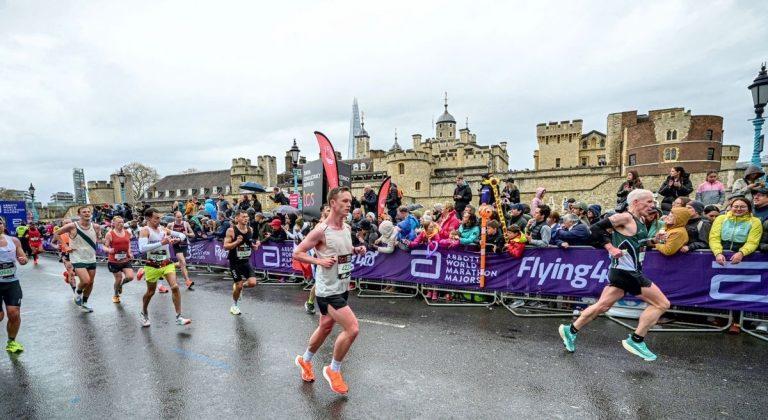Running Shoe Rotation
Although not necessary, there are several benefits to regularly rotating training shoes throughout your training. These include a reduced risk of injury, improved performance, not to mention the longevity of your investment in your shoes. The idea is to alternate between multiple pairs during training. Each pair of shoes will provide a different type of support and cushioning, which can help prevent repetitive strain and overuse injuries. When training in the same shoes, repeatedly, your feet and legs are subjected to the same stresses and strains over and over again. This can lead to shin splints, stress fractures and plantar fasciitis. By rotating between your different running shoes, you distribute the impact and pressure more evenly.
This approach can improve your performance as well. Different running shoes can have an affect on your running mechanics. This almost forces you to maintain focus on good running form which in turn improves your speed, endurance and running economy.
Running Shoe Longevity
As for getting the most from your investment in your shoes, a good rotation of at least two pairs will go a long way toward keeping them in decent shape. Rather than wearing them out quickly. By changing them daily, weekly or as you alternate your running surface, you are keeping them fresher for longer. Therefore, you get the benefit of the latest shoe technology for the duration of your training cycle and then some.
The best way to do this is to start with at least two pairs of running shoes. Choose differing levels of support and cushioning, maybe even brand. Perhaps the pair with the best cushioning are used for the longer runs while others are used for shorter runs. Possibly a third pair for trail runs, or specifically for the track or even racing. As you make your way through your training weeks, pay close attention to the wear patterns on the soles. If one pair is wearing out faster than the others, adjust your rotation to use them less frequently. Additionally, when working with a new pair of shoes, listen closely to your body. This is essential and if you experience any prolonged discomfort in a pair of shoes, remove them from your rotation immediately. Take note as to the discomfort and when it started. Check back in your training log as to when you put a new pair of trainers into your rotation
Spreading the Cost
With the price of running shoes, it’s important to get the most wear for our money. With this method, you may be able to get through the entire year with a rotation of three pairs. Although a fairly sizeable investment up front, it makes financial sense in the long run.
Is this a strategy you use? I’d love to hear your feedback.




